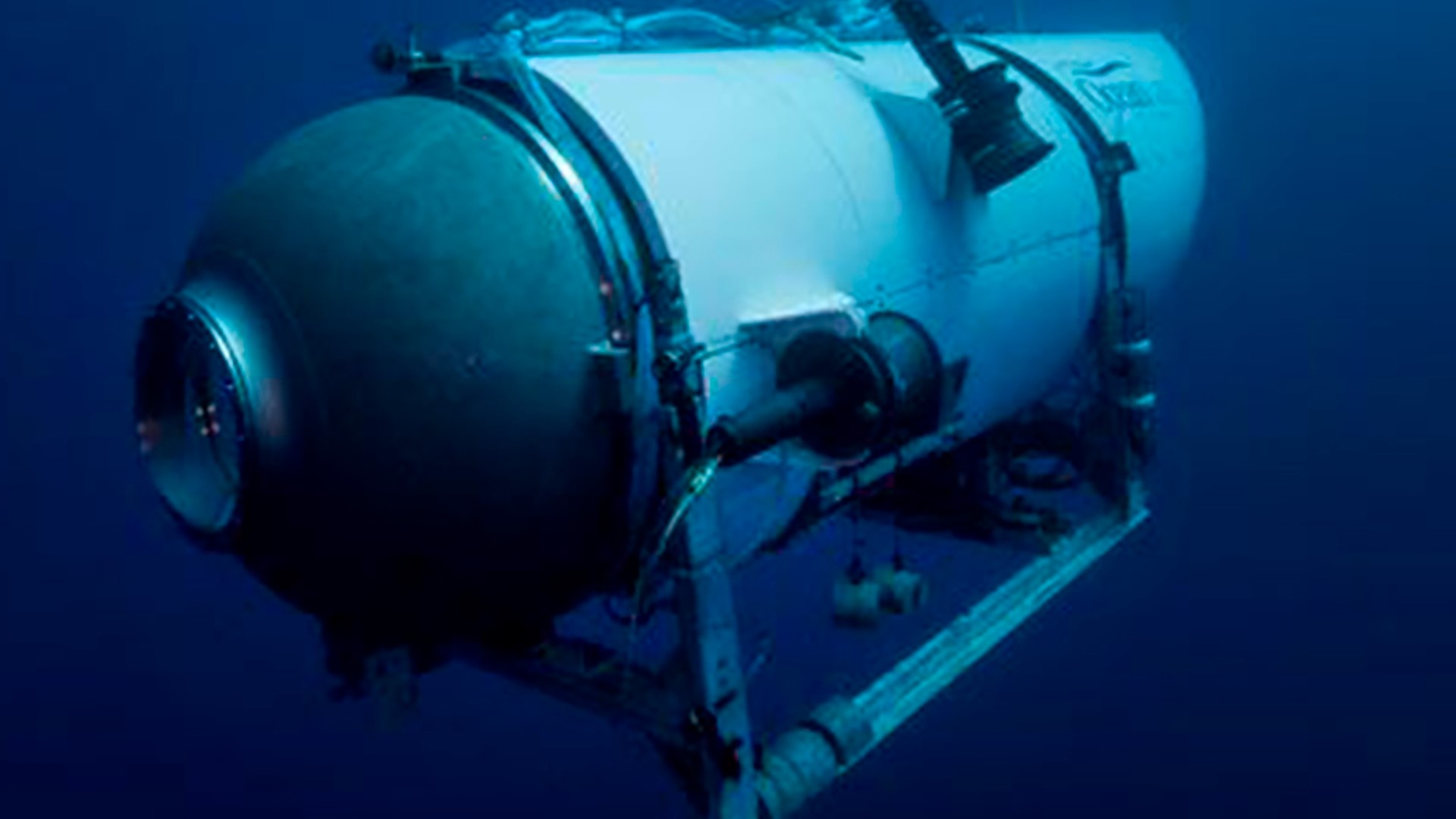EVERETT, Wash. — Washington-based OceanGate Expeditions is the company behind a submersible that was reported missing on Sunday after losing contact with a surface team an hour and 45 minutes into a trip to survey the wreckage of the Titanic.
The company takes paying customers to see the Titanic at a price tag of $250,000 a spot.
Teams from OceanGate Expeditions began surveying the deterioration of the iconic ocean liner in 2021, and have returned every year since. There are five mission legs planned for 2023.
The company said the aim of their Titanic expeditions is to document flora and fauna living in the wreckage, document the condition of the wreck with high-definition photographs and video, and supplement the work of previous scientific expeditions by capturing data and images that can be used for continued scientific study at the site.
In a previous interview with KING 5 back in 2021, OceanGate Expeditions CEO Stockton Rush said, "For me, the whole mission is how do we get access to the deep ocean that isn't limited by government research dollars or billionaires' yachts? And so, the Titanic is the way to do that."
The submersibles
The company has three submersibles: Antipodes, which can go 305 meters or 1,000 feet deep, Cyclops 1 which can go 500 meters or 1,600 feet deep, and Titan which can reach depths of up to 4,000 meters or 13,200 feet. According to a promotional video by the company, the controls are made using a repurposed PlayStation 3 controller.
Titan is the submersible that the company takes on Titanic expeditions. The vessel was designed in consultation with a team of engineers at NASA's Marshall Space Flight Center in Huntsville, Ala.
The submersible includes the company's proprietary Real Time Hull Health Monitoring systems (RTM) which assess the hull's integrity throughout every dive, according to the company's website. The company said off-the-shelf components helped to streamline the submersible's construction.
The expeditions
Each mission leg is 10 days, which includes eight days at sea. In an interview with KING 5 back in 2021, the company said missions would include roughly 40 paid tourists, who take turns operating sonar equipment and performing other tasks on the five-person submersible, in addition to archeologists and marine biologists.
The submersible goes on several missions down to the Titanic over the course of the expedition. Each one of the trips is between eight to 10 hours. Each submersible trip typically includes a pilot, a researcher and three "mission specialists," or paying customers.
Mission specialists' training and support fees underwrite the expeditions and the participation of the science team, according to the company's website.
The submersible is launched from a platform that is towed behind the mothership, according to a promotional video. The submersible command module then leaves the platform, performs its mission and returns to the underwater platform to be brought back to the surface.
The risk
"It's obviously not without risk,” former Titanic dive tourist Colin Taylor said in an interview with NBC. “You're really pushing to the very limits of human capabilities.”
Taylor made the trip in the submersible to the Titanic wreckage in 2022.
"It's a remarkable adventure really,” Taylor said. “It's about two and a half miles down. It takes about two and a half hours to get to it. We spent four or five hours at the wreck itself.”
The adventure involves highly qualified engineers and technicians that are very safety-conscious, according to Taylor.
Taylor estimates the submersible loses its GPS signal a few hundred feet underwater. The only form of communication is sonar messaging that the mothership uses to locate the small submersible.
“The fact that communications are difficult is not a surprise here. The fact that they lost all communications on the way down…that's not a good sign,” Taylor said.
Taylor said the five people aboard will get very cold inside the vessel. The submersible is a carbon fiber tube with titanium domes.
"The ambient temperature there is below freezing, and so it does get cold inside that vessel,” Taylor said. “Particularly on the titanium surfaces."
OceanGate’s submersible is estimated to have enough oxygen for 96 hours. Since the submersible began its dive Sunday, that would mean there is likely only enough oxygen to last until Thursday morning.

